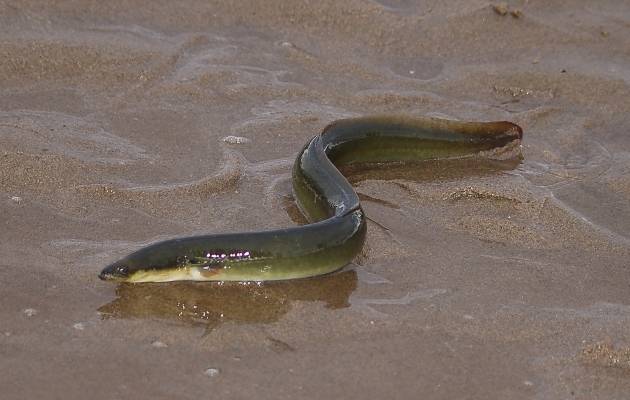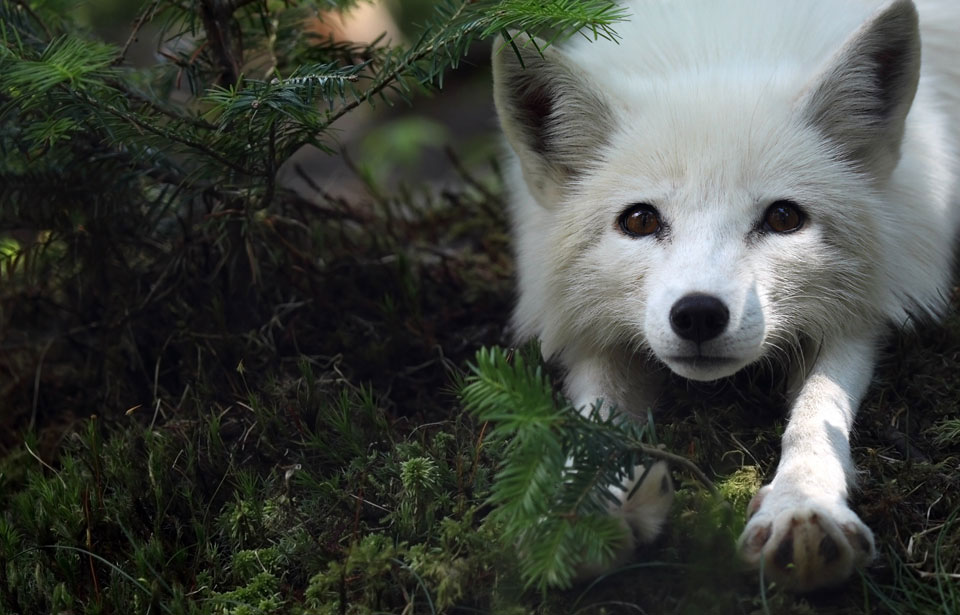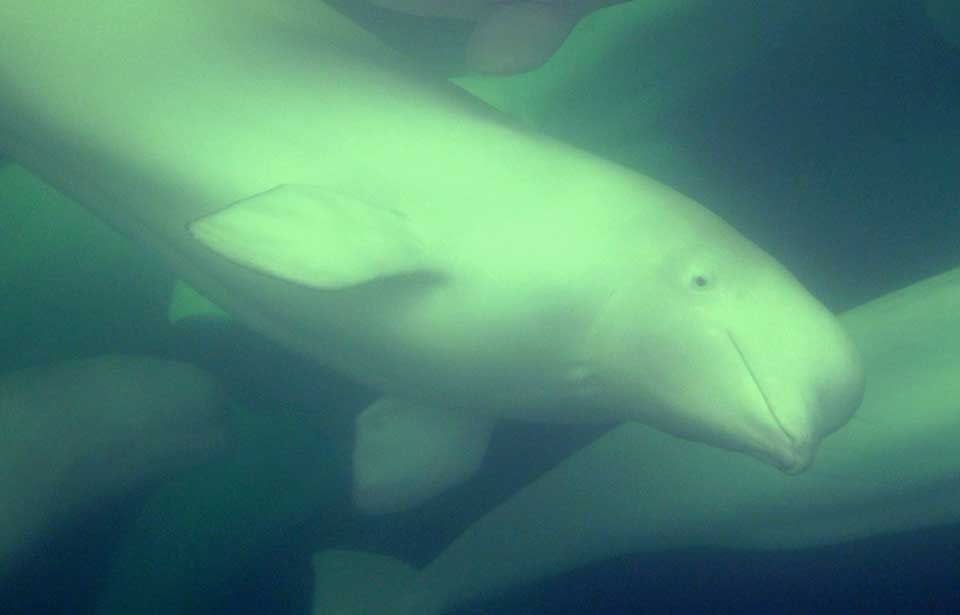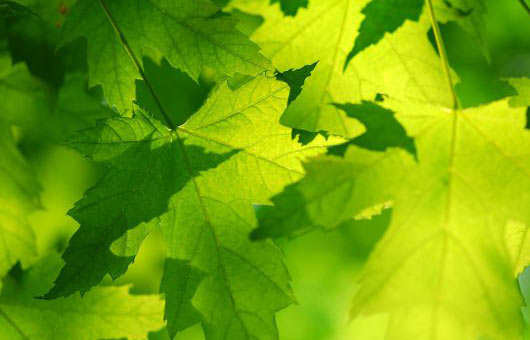The arctic fox Alopex lagopus, or white fox as it is often called, is a member of the canid family and is related to other foxes, wolves, and dogs.It weighs from 2.5 to 9 kg and measures between 75 and 115 cm in length, making it the smallest wild canid in Canada—about the size of a large domestic cat. The long, bushy tail makes up between 30 and 35 percent of its total length.
Over the winter, the arctic fox has a heavy white coat, but during May, when the snow begins to melt, this coat is shed for a thinner, two-tone brown one. Within a few weeks the back, tail, and legs are dark brown and the remaining underparts are a buff colour. A small proportion of arctic foxes have a heavy, pale bluish-grey coat in winter, which becomes thinner and darker bluish-grey in summer. The blue coloration (blue fox) occurs in almost all populations, although the proportion tends to be higher in those animals living in marine areas that remain mostly ice-free during winter. In Canada, blue foxes seldom make up more than 5 percent of animals that are trapped, whereas in Greenland, for example, the proportion of blue foxes may reach 50 percent.
Signs and sounds
The voice of the arctic fox is a sound rarely heard except during the breeding season. Courting foxes communicate with a barking yowl that may be heard over a great distance. Adults also yelp to warn their whelps, or pups, of danger and give a high-pitched undulating whine when disputing territorial claims with neighbouring foxes.
Example Species
Brief description of species ipsum dolor sit amet, consectetur adipiscing elit. Suspendisse tempor ut velit luctus posuere.

















